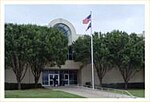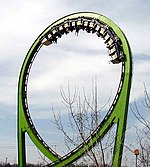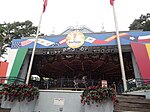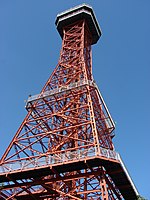Dallas–Fort Worth metroplex

The Dallas–Fort Worth metroplex, officially designated Dallas–Fort Worth–Arlington by the U.S. Office of Management and Budget, is the most populous metropolitan statistical area in the U.S. state of Texas and the Southern United States, encompassing 11 counties. Its historically dominant core cities are Dallas and Fort Worth. It is the economic and cultural hub of North Texas. Residents of the area also refer to it as DFW (airport code), or the Metroplex. The Dallas–Fort Worth–Arlington metropolitan statistical area's population was 7,637,387 according to the U.S. Census Bureau's 2020 census, making it the most populous metropolitan area in both Texas and the Southern United States, the fourth-largest in the U.S. and the tenth-largest in the Americas. In 2016, the Dallas–Fort Worth metroplex had the highest annual population growth in the United States.The metropolitan region's economy, also referred to as Silicon Prairie, is primarily based on banking, commerce, insurance, telecommunications, technology, energy, healthcare, medical research, transportation and logistics. As of 2022, Dallas–Fort Worth is home to 23 Fortune 500 companies, the 4th-largest concentration of Fortune 500 companies in the United States behind New York City (62), Chicago (35), and Houston (24). In 2016, the metropolitan economy surpassed Houston to become the fourth-largest in the U.S. The Dallas–Fort Worth metroplex boasted a GDP of just over $620.6 billion in 2020. If the Metroplex were a sovereign state, it would have the twentieth largest economy in the world as of 2019. In 2015, the conurbated metropolitan area would rank the ninth-largest economy if it were a U.S. state. In 2020, Dallas–Fort Worth was recognized as the 36th best metropolitan area for STEM professionals in the U.S.The Dallas–Fort Worth metroplex comprises the highest concentration of colleges and universities in Texas. The UT Southwestern Medical Center is home to six Nobel Laureates and was ranked No. 1 in the world among healthcare institutions in biomedical sciences. The Metroplex is also the second most popular metropolis for megachurches in Texas (trailing the Greater Houston metropolitan area), ranked the largest Christian metropolitan statistical area in the U.S., and has one of the largest LGBT communities in Texas since 2005.
Excerpt from the Wikipedia article Dallas–Fort Worth metroplex (License: CC BY-SA 3.0, Authors, Images).Dallas–Fort Worth metroplex
Prinzeninsel,
Geographical coordinates (GPS) Address Nearby Places Show on map
Geographical coordinates (GPS)
| Latitude | Longitude |
|---|---|
| N 32.763 ° | E -97.0326 ° |
Address
Gone to the beach
Prinzeninsel
24306
Schleswig-Holstein, Deutschland
Open on Google Maps








